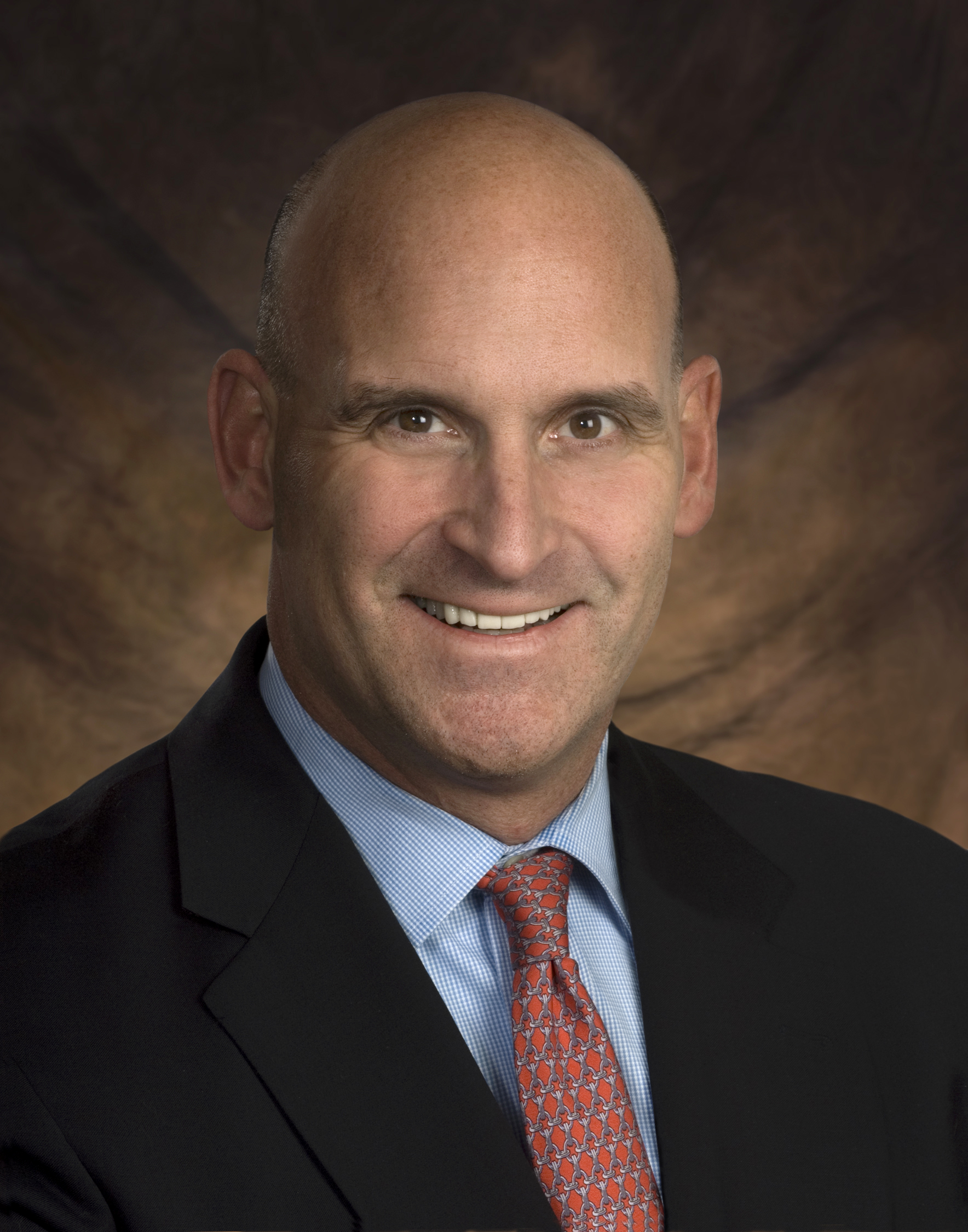 Running an efficient spine practice is a huge challenge in today's healthcare environment, but necessary for independent physicians. Despite the roadblocks, physician leaders are learning to adopt their practices and
Running an efficient spine practice is a huge challenge in today's healthcare environment, but necessary for independent physicians. Despite the roadblocks, physician leaders are learning to adopt their practices and  improve their ability to provide care.
improve their ability to provide care.
"Shrinking insurance reimbursements require spine surgeons to maximize practice efficiency in order to maintain productivity," says Brian S. Grossman, MD, of Southern California Orthopedic Institute in Van Nuys. "Scheduling more patients in less time may not be the best answer. Inadequate face-to-face time with patients can result in compromise of the doctor-patient relationship. Attempting to make surgical decisions without adequate time to fully evaluate all options can compromise judgment."
Additional challenges for surgeons include:
• Insurance companies requiring peer-to-peer phone calls with surgeons to discuss rationale for requested treatment during busy office hours
• Electronic medical record data input
• Keeping up with transcription
• Patients coming into the office with misinformation from the internet about their condition; surgeons spend extra time countering misinformation about the specifics of their condition
Philadelphia-based Rothman Institute President Todd Albert, MD, and Dr. Grossman discuss the biggest challenges and opportunities for improving efficiency in spine practices.
1. Pick the right patients. Patient screening and selection is important for surgeons to focus on seeing patients they'll be able to help with their specialized expertise. "If you operate on a lot of pathology that you will have a hard time getting excellent results in, you will be bogged down in office hours with unhappy patients," says Dr. Albert. "Make sure you have good nonoperative extenders who can perhaps give patients a good result with nonoperative intervention but know the patients that need to be referred expeditiously to a surgeon."
2. Schedule appropriately. Eliminate long wait times with appropriate scheduling keep patients informed about issues if an unexpected event throws a wrench into the system. "[Limiting patient wait times] is all about scheduling efficiencies and having appropriate blocks scheduled out," says Dr. Albert. "Of course unexpected things can happen despite our best efforts."
3. Ensure staff prepare adequately for each patient visit. Enact a system to remind patients about their appointments to avoid missed appointments or last-minute cancellations. "Having someone in the office ensure that all necessary data is available in preparation for the visit is also important," says Dr. Grossman. "If a patient is coming in to discuss surgical options, a staff member needs to make sure his radiographs, MRI, EMG, etc., are available for the surgeon to review at the time of visit."
4. Obtain adequate imaging studies. Work with back office staff to ensure each patient has appropriate imaging studies when they arrive at the office. "Making sure the radiographic services are adequate to avoid roadblocks waiting for X-rays is critical," says Dr. Grossman. "Competent back office personnel who can maintain the flow of patients cannot be underestimated."
5. Make notes on transcription. Sometimes transcription can take days to complete and isn't ready by the patient's follow up visit. "If transcription takes several days to complete, then simply typing in a brief status note in the EMR may be enough to remind you of your thought process," says Dr. Grossman.
6. Use practice extenders to their full potential. Physicians' assistants and nurse practitioners can help improve efficiency by taking over time-intensive tasks and allowing surgeons to focus on more critical issues. "In our practice, some surgeons are using scribes to document the encounter into the EMR," says Dr. Grossman. "The surgeon is freed up to see patients and the scribe takes care of the documentation. Of course this requires a fair amount of time and effort to train the scribe in the surgeon's individual preferences."
7. Gain feedback. Office managers, staff and patients are a great resource for gaining feedback and learning about new opportunities to improve the practice. "There should be metrics for success and good opportunity for patient feedback," says Dr. Albert. "We use online/real time patient satisfaction tools and business intelligence to gather data about operational efficiencies."
8. Focus on patient, staff satisfaction. With the advent of the internet and social media, patients can share their feelings about their visit with their friends — or anyone on the Internet — quickly. "In the past, a disgruntled patient might share his dissatisfaction with his friends and family, but now he can go online and tell the world. Doctors who subject their patients to excessive wait times, unreturned phone calls or delayed prescription refills are likely to experience repercussions online."
A satisfied staff is also part of the efficient practice equation. "Everyone will be happy and more satisfied with an efficient operation," says Dr. Albert. "This will translate into better outcomes."
More Articles on Spine Surgeons:
Boutique Spine Practices: An Answer to Healthcare Reform?
Minimally Invasive Spine Surgery: 6 Key Points
Grow Spine Practice Patient Volume: 8 Key Tactics


